If you’re looking for space, pace, and BBQ grace... welcome to Texas.
And if you’re thinking about moving to San Antonio, you’re about to land in the heart of the Lone Star State’s most underrated gem.
We all know that relocating is a big deal. It’s not just about packing boxes and forwarding your mail. It’s about finding a place that feels right.
A place where the cost of living won’t make your wallet cry, where the people smile at strangers, and where the tacos are so good they might just change your life.
That’s San Antonio in a nutshell.
Now, you want a complete relocation guide that doesn’t just skim the surface. You want to know how to move to San Antonio, what it’s like living in San Antonio and what the cost of living in San Antonio 2025 actually looks like.
Continue reading, as this guide is your new best option. We've thoroughly researched every corner of the internet, gathered the freshest statistics, and compiled them all in one place.
San Antonio at a Glance
Where Is San Antonio?
San Antonio is in the heart of South-Central Texas, about 80 miles southwest of Austin and roughly 200 miles from the Gulf of Mexico.
It is situated at the crossroads of the Texas Triangle, an urban region comprising Austin, Dallas, and Houston. The city straddles the Balcones Escarpment, giving it a mix of flat plains and rolling hills that make for some pretty scenic drives.
It’s also located along the San Antonio River, which winds through downtown and gives life to the city’s iconic River Walk.
Quick Facts
- Population: As of 2025, San Antonio has over 1.53 million people, which makes it the 7th most populous city in the U.S. and the 2nd largest in Texas. And it’s still growing.
- Geography: The city covers around 505 square miles, with a mix of urban sprawl, green spaces, and historic districts. Elevation sits at about 722 feet, and the terrain ranges from oak-covered hills to cactus-dotted plains.
- Culture: San Antonio is where Tex-Mex meets Tejano, where mariachi music echoes through historic missions, and where every other weekend seems to be a festival. With 64% of the population identifying as Hispanic or Latino, the city’s culture is deeply rooted in Mexican heritage.
- Nicknames: Locals refer to it as "Military City USA," "Alamo City," and sometimes simply "S.A." when in a hurry.
- Fun Fact: San Antonio draws in over 32 million tourists a year, and once you stroll the River Walk or catch a Spurs game, you’ll get why
Pros and Cons of Living in San Antonio
| Pros of Living in San Antonio | Cons of Living in San Antonio |
|---|---|
| Affordable cost of living — Lower than most big U.S. cities, with better rent and grocery prices. | Brutal summers — Triple-digit heat and humidity that'll test your AC. |
| No state income tax | High property taxes — Around 2.2% on average. |
| Diverse job market — Especially strong in healthcare, tech, and military sectors. | Public transportation is limited. |
| Rich culture & history | Seasonal allergies — “Cedar fever” hits hard in winter. |
| Family-friendly atmosphere | Living near the River Walk comes with crowds and parking headaches. |
| Sunshine year-round — with 220–300 sunny days, it's an outdoor lover's dream. | Crime in some areas — Like any big city, it varies by neighborhood. |
Cost of Living in San Antonio
San Antonio is still one of the most affordable major cities in the U.S. You won't need Elon Musk's money to live comfortably here.
Let’s break it down by category so you know exactly what you’re getting into.
Housing
This is where most of your paycheck’s gonna go, no matter where you live.
But in San Antonio, it’s still manageable.
- Renting? A one-bedroom apartment in a decent area will cost you around $1,150–$1,300/month.
- Buying? The median home price is around $269,000, which is a steal compared to Austin’s $500K+ madness.
Groceries
If you’re smart about where you shop, you can keep your grocery bill in check. Here’s a peek at average prices:
| Grocery Item | Average Price |
|---|---|
| Milk (1 gallon) | $3.77 |
| Eggs (12 count) | $3.65 |
| Chicken breast (1 lb) | $4.57 |
| Bread (loaf) | $2.73 |
| Apples (1 lb) | $1.89 |
| Rice (1 lb) | $2.14 |
| Local cheese (1 lb) | $4.90 |
| Water (1.5L bottle) | $1.94 |
Pro tip: Skip Whole Foods unless you’re feeling fancy. H-E-B and local farmers’ markets are where the real deals live.
Transportation
San Antonio’s not exactly a “walk everywhere” kind of city. Unless you’re downtown, you’ll need wheels.
- Gas: Around $2.90/gallon.
- Car insurance: Roughly $100–$130/month, depending on your driving record and car.
- Public transit: A VIA bus pass costs $38 per month.
- Uber/Lyft: Great for nights out, but not a daily solution unless you’re made of money.
Utilities & Internet
- Electricity, water, trash, etc.: For a small apartment, expect $130–$200/month. Bigger homes? You’re looking at $250+, especially in summer.
- Internet: Unlimited plans average around $70–$80/month.
- Mobile phone: A decent plan with data will cost you $60–$90 per month.

Not sure how to plan your move like a pro? Our Moving Guide has all the hacks, checklists, and sanity-saving tips you need.
Healthcare
San Antonio’s healthcare costs are about 5% lower than the national average.
| Healthcare Service | Average Cost |
|---|---|
| Doctor visit (basic checkup) | $90–$100 |
| Dentist cleaning | $100–$150 |
| Health insurance (individual) | $300–$500/month |
| Prescription meds | Varies, but generics are affordable |
Childcare & Education
- Daycare/Preschool: Around $1,100/month for full-time care.
- Public schools: Free, but quality varies by district.
- Private schools: $8,000–$15,000 per year, depending on the school.
- College: UTSA is a solid local option with in-state tuition of around $10,000 per year.

Curious why everyone’s heading to Texas? Get the latest Moving Trends and see why San Antonio’s hotter than a jalapeño in July.
Eating Out & Entertainment
- Fast food meal: $10–$12
- Mid-range restaurant (2 people): $60–$80
- Movie ticket: $14
- Gym membership: $40–$60/month
- Beer at a bar: $6–$8 (cheaper during happy hour, obviously)
Taxes
- No state income tax
- Sales tax: 8.25% (state + local)
- Property tax: Approximately 2.2%, which is relatively high, so factor that into your decision if you're buying a home.
So, What’s the Bottom Line?
Here’s a rough monthly estimate for a single person living modestly but comfortably:
| Category | Estimated Monthly Cost |
|---|---|
| Rent (1BR) | $1,200 |
| Utilities & Internet | $200 |
| Groceries | $350 |
| Transportation | $250 |
| Health Insurance | $400 |
| Entertainment | $150 |
| Misc. Expenses | $150 |
| Total | $2,700–$3,000 |

Moving in a hurry? Find reliable Same Day Movers who won’t ghost you when the clock’s ticking.
Best Places to Live in San Antonio
San Antonio isn’t a one-size-fits-all kind of city—it’s more like a choose-your-own-adventure book.
Let’s break it down.
Top Cities & Towns for Families
Alamo Heights
If San Antonio had a royal court, Alamo Heights would be sitting on the throne. This area is all about old-money vibes, top-tier schools, and shady oak-lined streets that look straight out of a Southern living magazine.
Stone Oak
Stone Oak is where suburbia puts on a fancy hat. Think master-planned communities, clean parks, and shopping centers that somehow all smell like Target candles.
Families love it here for the excellent public and private schools, low crime rate, and the ease of being close to major highways.
Shavano Park
This one's a hidden gem for families who want privacy and space without being in the boonies. It's got that upscale, tucked-away feel where neighbors wave, and kids ride bikes down wide, quiet streets.
Homes come with big yards, schools are top-notch, and crime stays low. You’re still in the city, but it feels like your own little bubble.
Boerne
Located about 30 minutes northwest of San Antonio, Boerne offers the small-town charm where Friday night football is a way of life, and the town square is always bustling. It's a hit with families looking for scenic Hill Country views, strong public schools, and a slower pace.
Helotes
If you want a taste of rural Texas life with all the modern-day goodies, Helotes is your town. Just outside the hustle and bustle, it’s full of rolling hills, local festivals, and solid public schools.
People here love the laid-back vibe, and outdoor lovers are just a stone’s throw away from hiking trails and nature reserves.
Best Areas for Young Professionals
Tobin Hill
If downtown San Antonio had a cool younger sibling, it’d be Tobin Hill. This neighborhood is artsy, funky, and full of life. It’s walking distance to The Pearl (which is like the Brooklyn of San Antonio), packed with food trucks, breweries, and eclectic little coffee spots.
Downtown San Antonio
Downtown is where the city’s pulse beats strongest. If you thrive in the hustle, love being near historic sites, and don’t mind tourists snapping selfies by The Alamo, this place is for you. Great loft-style apartments, walkable everything, and a short hop to River Walk vibes.
Lavaca
This gem blends history and hipster in the best way. It has cute bungalows, food festivals, and parks within walking distance. It’s close to Southtown’s lively arts district and has just enough grit to keep it interesting.
Monte Vista
Monte Vista is classy without being snobby. It’s one of the oldest residential neighborhoods in town, and it shows—with Spanish Revival mansions, wide boulevards, and serious character.
Close to Trinity University and midtown, it attracts students, young pros, and creatives who love a little grandeur with their gig work.
Pearl District
The Pearl District is, hands down, the it spot for young professionals. You've got farmers' markets, rooftop bars, boutique gyms, and apartments with more amenities than you'll ever use.
It's buzzing, modern, and full of ambitious individuals building their careers and Instagram followings.

Moving out of state to San Antonio? Check out our How to Move to Another State Guide for tips, checklists, and hacks.
Job Market in San Antonio
San Antonio’s job market is like a brisket—slow-cooked, steady, and full of flavor.
It's not as flashy as Silicon Valley or as chaotic as New York. Still, it's solid, growing, and full of opportunity.
Major Industries & Employers
San Antonio’s economy is powered by a mix of traditional heavy-hitters and fast-growing sectors.
Here’s what’s driving the city’s job engine:
Top Industries:
- Healthcare & Biosciences: This is the city’s largest industry, employing nearly 180,000 people and generating over $44 billion annually. Think hospitals, research centers, and everything in between.
- Government & Military: With Joint Base San Antonio employing over 74,000 people, this city earns its nickname, "Military City USA."
- Trade, Transportation, and Utilities: Warehouses, logistics, and retail giants comprise 17% of the workforce.
- Tourism & Hospitality: Due to the River Walk, The Alamo, and a steady stream of visitors, this sector employs over 147,000 people.
- Tech & Cybersecurity: It’s a smaller slice of the pie (about 2%), but it's growing fast, with companies like Rackspace, USAA, and Southwest Research Institute leading the charge.
| Company | Industry | Employees |
|---|---|---|
| H-E-B | Grocery & Retail | 154,000 |
| Joint Base San Antonio | Government/Military | 74,300 |
| Whataburger | Food & Hospitality | 50,000 |
| USAA | Financial Services | 37,000 |
| Toyota Motor Manufacturing | Automotive | 3,800+ |
| UT Health San Antonio | Healthcare & Research | 7,900 |
| Rackspace Technology | IT & Cybersecurity | 2,000+ |
| Southwest Research Institute | R&D | 3,100 |
Average Salaries and Job Growth
As of mid-2025, the average annual salary in San Antonio is approximately $52,887, or around $25.43 per hour.
Here’s a quick peek at what folks are earning in some common roles:
| Job Title | Average Salary |
|---|---|
| Software Engineer | $87,857 |
| Project Manager | $79,844 |
| Registered Nurse | $76,750 |
| Customer Service Rep | $41,000 |
| Office Manager | $51,644 |
| Cybersecurity Analyst | $103,382 |
| Mechanical Engineer | $79,183 |
Job Growth? San Antonio added 23,900 jobs over the past year, achieving a 2.0% growth rate that outpaced the national average.
Unemployment Rates & Career Outlook
As of 2025, the unemployment rate in San Antonio is 3.4%, which is lower than both the Texas average (3.7%) and the U.S. average (3.9%).
That’s a strong indicator of a healthy, resilient job market.
Career Outlook Highlights:
- Healthcare is booming—nurses, techs, and support staff are in high demand.
- Cybersecurity is growing fast.
- Education & Public Services are stable and hiring steadily.
- Construction & Skilled Trades are seeing a resurgence with new development projects.

Need help covering your moving costs? Explore your options with our Relocation Assistance Program because moving broke is not the vibe.
Education in San Antonio
If you’re moving to San Antonio with kids—or planning to have some in the future—education is likely high on your checklist. And San Antonio's got options.
Overview of the Public School System
San Antonio’s public education system is made up of 17 independent school districts (ISDs), serving over 340,000 students across Bexar County and surrounding areas.
These districts operate independently, each with its own elected board and superintendent, but they’re all overseen by the Texas Education Agency.
Top-Rated School Districts
If you’re looking for top-rated school districts in San Antonio, these are the ones that consistently rise to the top based on academics, college readiness, teacher quality, and parent reviews:
| School District | Why It Stands Out |
|---|---|
| Northside ISD | The largest district in the area with 100,000+ students, known for strong academics, magnet programs, and extracurriculars. |
| North East ISD | Offers cybersecurity academies, dual-language programs, and a strong college prep focus. Serves over 64,000 students. |
| Alamo Heights ISD | Small but mighty—great academics, Spanish immersion, and a tight-knit community vibe. Ideal for families. |
| Boerne ISD | Located just outside the city, this district is known for high graduation rates and a strong sense of community. |
| Fort Sam Houston ISD | Serves military families with small class sizes and personalized attention. Great for stability and support. |
| Comal ISD | Covers a large area north of San Antonio and offers a mix of traditional and innovative programs. |
| Judson ISD | A growing district with a focus on career readiness, STEM, and student leadership. |
| Medina Valley ISD | Known for its safe, family-oriented environment and strong academic performance. |
Weather & Climate
If you’re moving to San Antonio, you'll need to get accustomed to the weather, as it will be a significant part of your daily life.
San Antonio Seasons
San Antonio doesn’t really do the whole “four seasons” thing. It’s more like:
- Summer: May through October. Long, hot, and humid. Like, "Why is my steering wheel melting?" hot.
- Spring: March and April. Gorgeous, breezy, and full of wildflowers—and pollen. Lots of pollen.
- Fall: November. Yep, just November. It’s short, sweet, and still warm.
- Winter: December to February. Mild, with the occasional cold that makes locals bust out their heaviest jackets.
Basically, San Antonio’s climate is classified as humid subtropical, which means hot summers and mild winters.
Best Time to Move
Avoid moving in the summer unless you enjoy sweating through your socks. The best time to move to San Antonio is between October and April. The weather is cooler, the humidity chills out, and you won’t melt while unloading boxes.
Bonus: November through April is also when the city hosts some of its best events, such as Fiesta San Antonio in April and the Holiday River Parade in December.
So you’ll get to settle in and celebrate like a local.
Comparing San Antonio to Nearby States or Cities
| Category | San Antonio, TX | Austin, TX | Houston, TX | Dallas, TX | New Mexico (State Avg.) |
|---|---|---|---|---|---|
| Population (2025 est.) | 1.53 million | 1.03 million | 2.35 million | 1.35 million | 2.1 million |
| Median Home Price | $269,000 | $475,000 | $330,000 | $385,000 | $290,000 |
| Average Rent (1BR) | $1,200 | $1,650 | $1,400 | $1,500 | $1,050 |
| Cost of Living Index | 89.7 | 119.3 | 96.5 | 101.6 | 88.4 |
| Major Industries | Healthcare, Military, Cybersecurity | Tech, Government, Education | Energy, Aerospace, Healthcare | Finance, Telecom, Logistics | Tourism, Energy, Agriculture |
| Traffic & Commute | Moderate | Heavy | Heavy | Heavy | Light to Moderate |
| Vibe | Historic, laid-back | Trendy, fast-paced | Diverse, urban | Corporate, bustling | Scenic, relaxed |
| Best For | Families, culture lovers | Young professionals, creatives | Career climbers, diversity seekers | Business-minded folks | Nature lovers, retirees |
Tips for a Smooth Move to San Antonio
Moving to a new city can feel like trying to juggle flaming tacos, but it's also a little dangerous if you're not prepared.
So here’s how to make your move to San Antonio as smooth as a fresh jar of salsa.
Get to Know the Neighborhoods
San Antonio is huge—like, “you’ll-need-Google-Maps-for-a-while” huge. Don’t just pick a place because it looks cute on Zillow. Spend a weekend exploring different areas.
Pro tip: Use Facebook groups like “Moving to San Antonio” or “San Antonio Moms” to get real feedback from locals.
Hire Movers Who Know the City
San Antonio’s layout can be tricky: one-way streets, gated communities, and neighborhoods with names that sound the same. Go with a local moving company that knows the terrain. They’ll save you time, stress, and possibly a dented couch.

Need movers you can actually trust? Check out our list of the Best Long Distance Moving Companies Best Long Distance Moving Companies.
Handle the Paperwork Early
Don’t wait until the last minute to update your life. Here’s your checklist:
- Driver’s License & Vehicle Registration: You’ve got 90 days to switch to a Texas license. Head to the Texas DPS and bring snacks—it’s a wait.
- Utilities: CPS Energy handles electricity and gas. SAWS covers water. Set these up before move-in day unless you enjoy cold showers.
- Voter Registration: Welcome to Texas—get registered at VoteTexas.gov.
Declutter Before You Pack
San Antonio homes are spacious, but that doesn’t mean you need to bring your college futon or that box of tangled chargers. Donate, sell, or toss what you don’t need.
Learn the Loop System
San Antonio’s highways are a bit circular. You’ve got Loop 410, Loop 1604, and I-10 all doing their own thing. It’s confusing at first, but once you get the hang of it, you’ll be zipping around like a local. Just don’t rely on your GPS forever.
Give Yourself Time to Settle In
Moving is stressful. You might feel overwhelmed, lost, or like you made a mistake. That’s normal. Give it a few months to explore the city.
How Much Does It Cost To Move To San Antonio
These are the pre-move and in-transit costs that you’ll pay just to get your belongings from Point A to San Antonio.
Moving Company Costs
This is your biggest cost, and it depends on how far you’re coming and how much stuff you’ve got.
| Move Type | Home Size | Estimated Cost |
|---|---|---|
| Local Move (within 50 miles) | Studio – 1BR | $450 – $600 |
| Local Move | 2–3BR | $1,100 – $2,400 |
| Long-Distance (500–1,000 miles) | 1BR | $2,800 – $4,500 |
| Long-Distance | 2–3BR | $3,900 – $7,500 |
| Cross-Country (1,500+ miles) | 3–4BR | $6,000 – $12,000 |
Pro tip: Summer moves cost more. If you can, aim for October–April to save 20–30%.
Packing Supplies & Services
Even if you’re a Tetris master, you’ll need boxes, tape, and maybe a little help.
| Item/Service | Estimated Cost |
|---|---|
| Boxes, tape, wrap, labels | $100 – $250 |
| Professional packing service (1–2BR) | $300 – $600 |
| Furniture disassembly/reassembly | $100 – $300 |
| Specialty item handling (piano, antiques) | $200 – $800 |
Truck Rental (DIY Move)
If you’re going full DIY, here’s what you’re looking at:
| Truck Size | Rental Cost (One-Way) | Gas Estimate |
|---|---|---|
| 10 ft (Studio) | $300 – $500 | $100 – $200 |
| 15–20 ft (1–2BR) | $500 – $800 | $200 – $400 |
| 26 ft (3–4BR) | $800 – $1,200 | $400 – $600 |
Add in dolly rental ($20–$40) and moving blankets ($25–$50) if you want your furniture to arrive without battle scars.
Travel & Temporary Costs
If you’re driving or flying in, don’t forget these:
| Item | Estimated Cost |
|---|---|
| Gas (road trip) | $150 – $400 |
| Hotel (1–2 nights) | $100 – $300 |
| Meals on the road | $50 – $150 |
| Pet transport/boarding | $100 – $500 |
Total Estimated Moving Cost
| Move Type | Estimated Total Cost |
|---|---|
| Local Move (DIY) | $800 – $1,500 |
| Local Move (Full-Service) | $1,200 – $2,700 |
| Long-Distance (DIY) | $1,500 – $3,000 |
| Long-Distance (Full-Service) | $4,000 – $8,500 |
| Cross-Country (Full-Service) | $6,000 – $12,000 |

Worried about the cost of your move? Use our free Moving Cost Calculator to get an instant estimate.
Is San Antonio Right for You?
Moving to San Antonio isn’t just about finding a new zip code. It’s about finding a place that fits your lifestyle, your goals, and your vibe.
So, is this city your match made in Tex-Mex heaven or just a pit stop on your journey?
San Antonio might be perfect for you if:
- You’re looking for affordable living without sacrificing city perks.
- You want a diverse, welcoming community where culture isn’t just a buzzword.
- You’re chasing career opportunities in healthcare, military, education, or tech.
- You love sunshine, festivals, and a city that knows how to throw a party.
- You’re raising a family and want great schools, parks, and a slower pace of life.
- You’re a foodie who believes breakfast tacos are a spiritual experience.
But San Antonio might not be your jam if:
- You can’t handle hot, humid summers that feel like walking into a hairdryer.
- You rely heavily on public transportation—this is a car city, no doubt.
- You’re looking for mountains, beaches, or snow—you’ll need to road trip for those.
- You want a super-fast-paced, ultra-urban lifestyle like NYC or LA.
- You’re sensitive to allergies.

Still wondering if a move is worth it? Check out Why People Move and see if your reason lines up with the people making the leap.
Recommended Resources






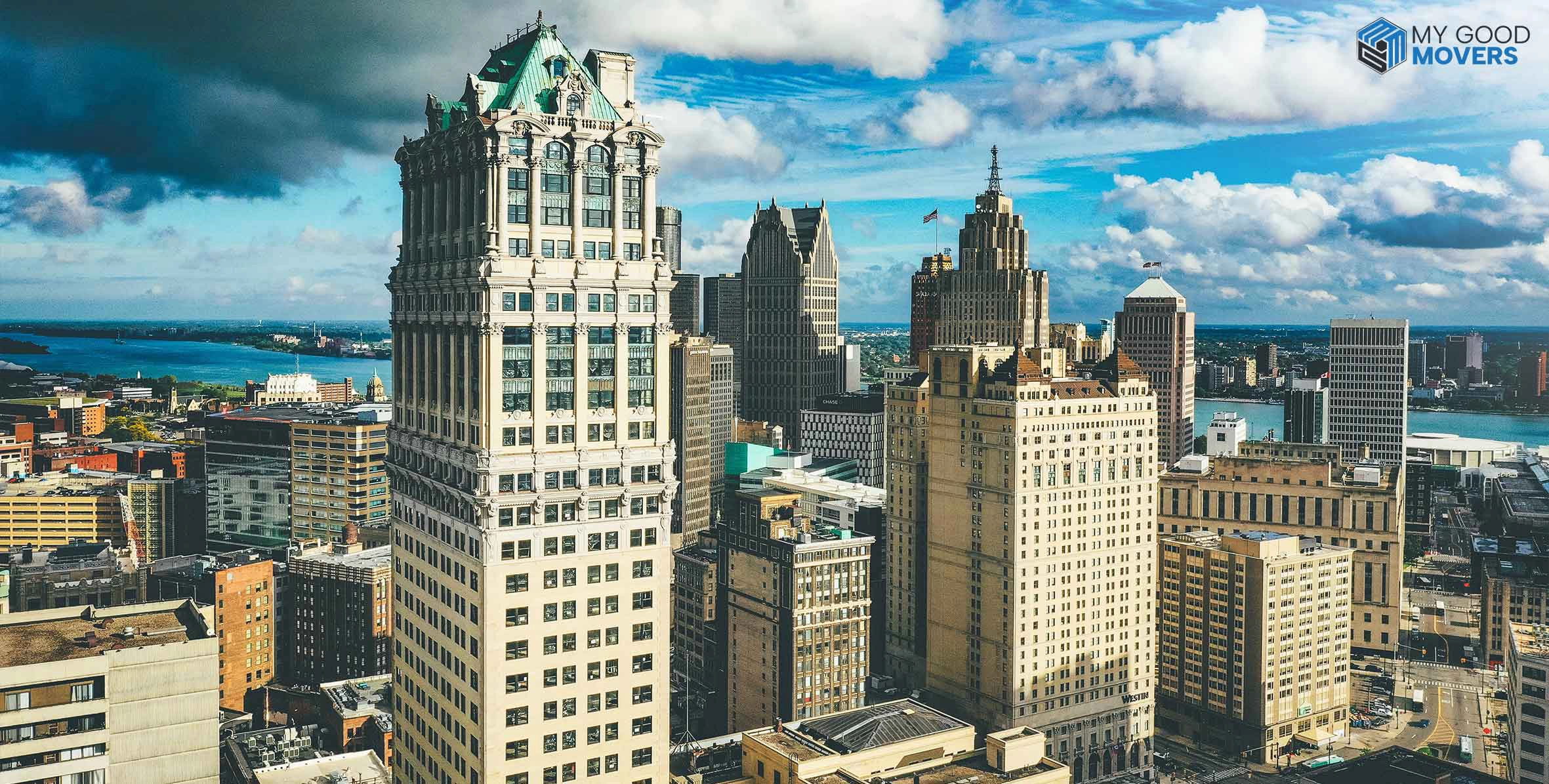



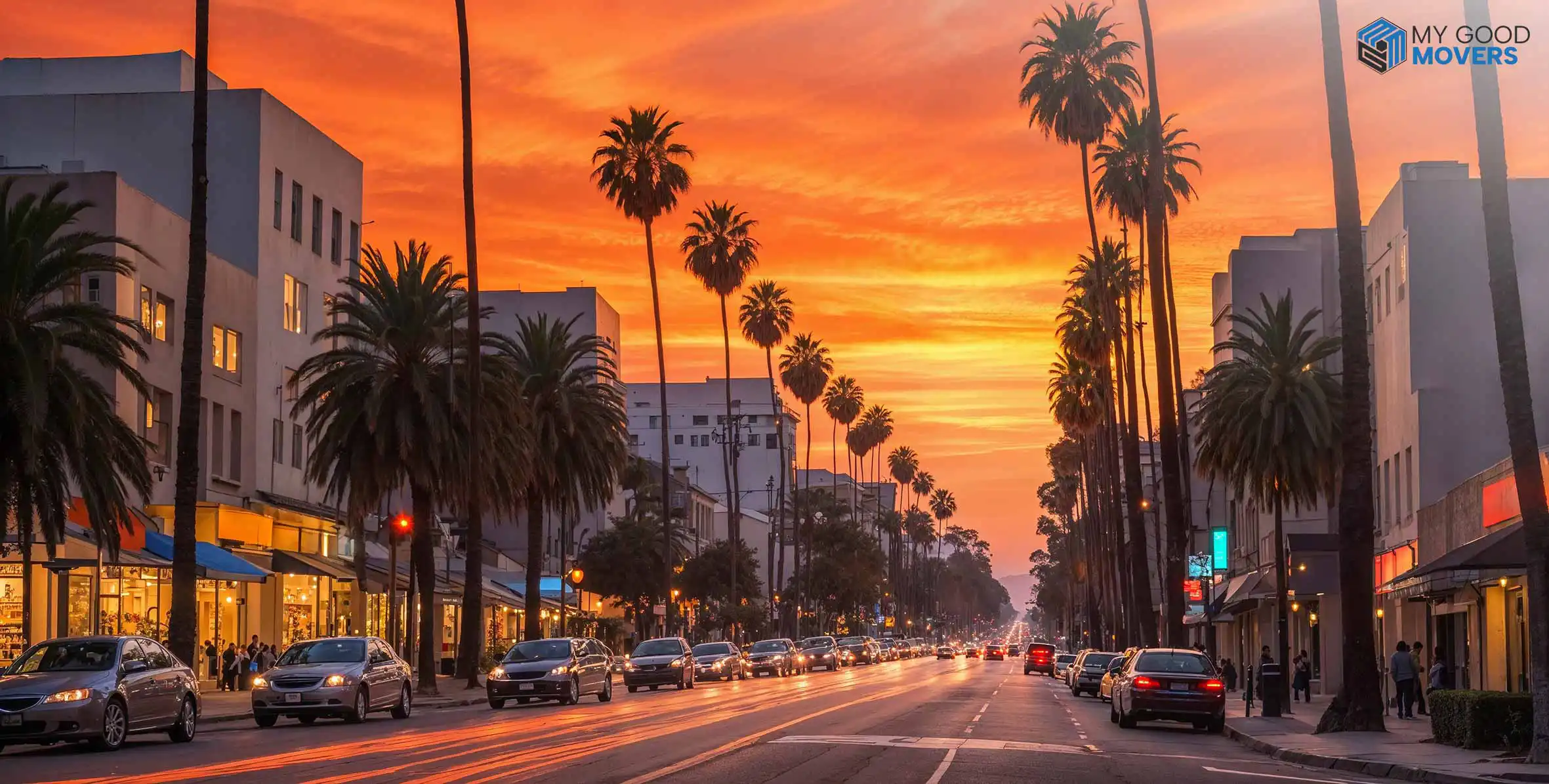
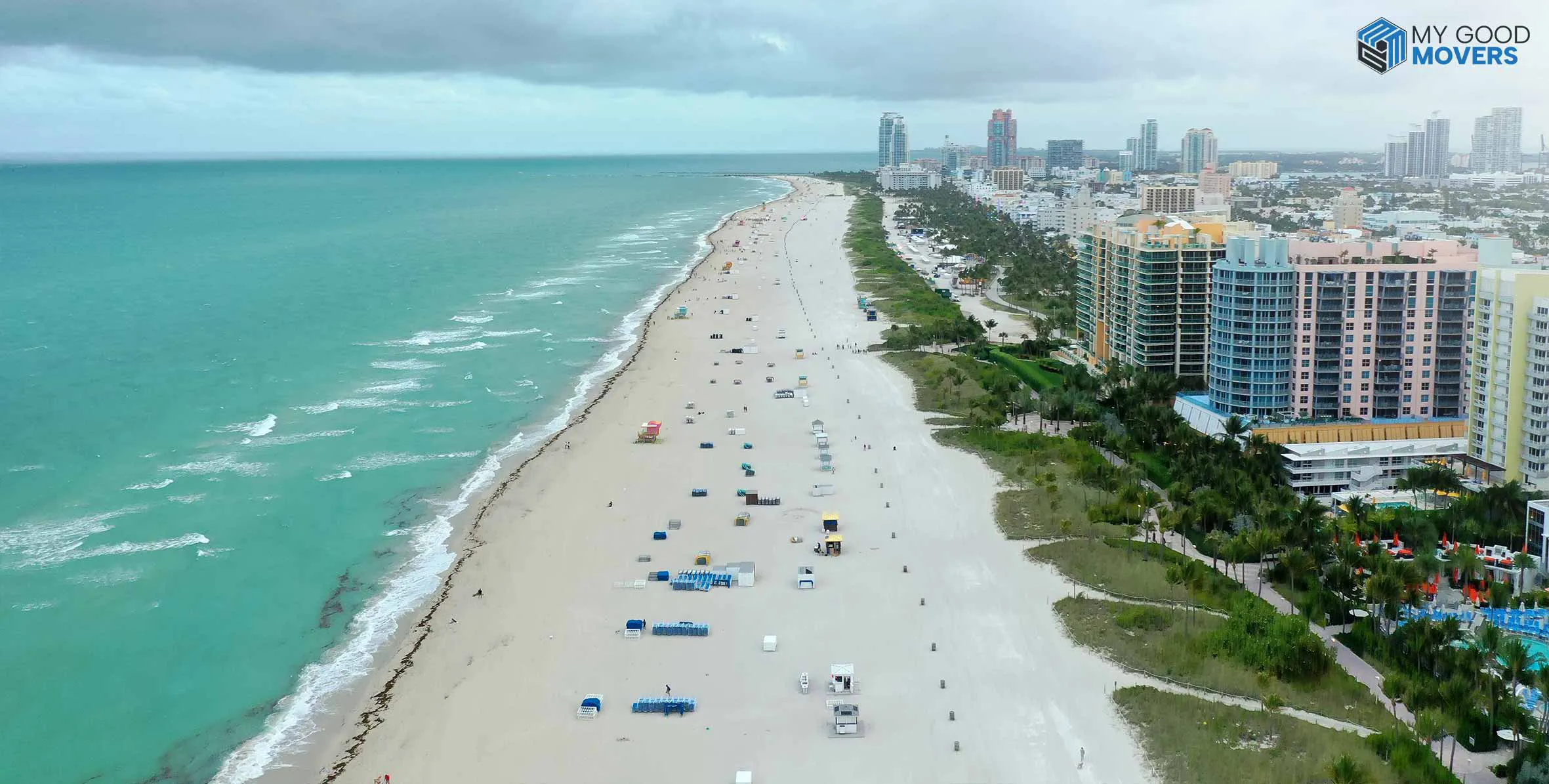
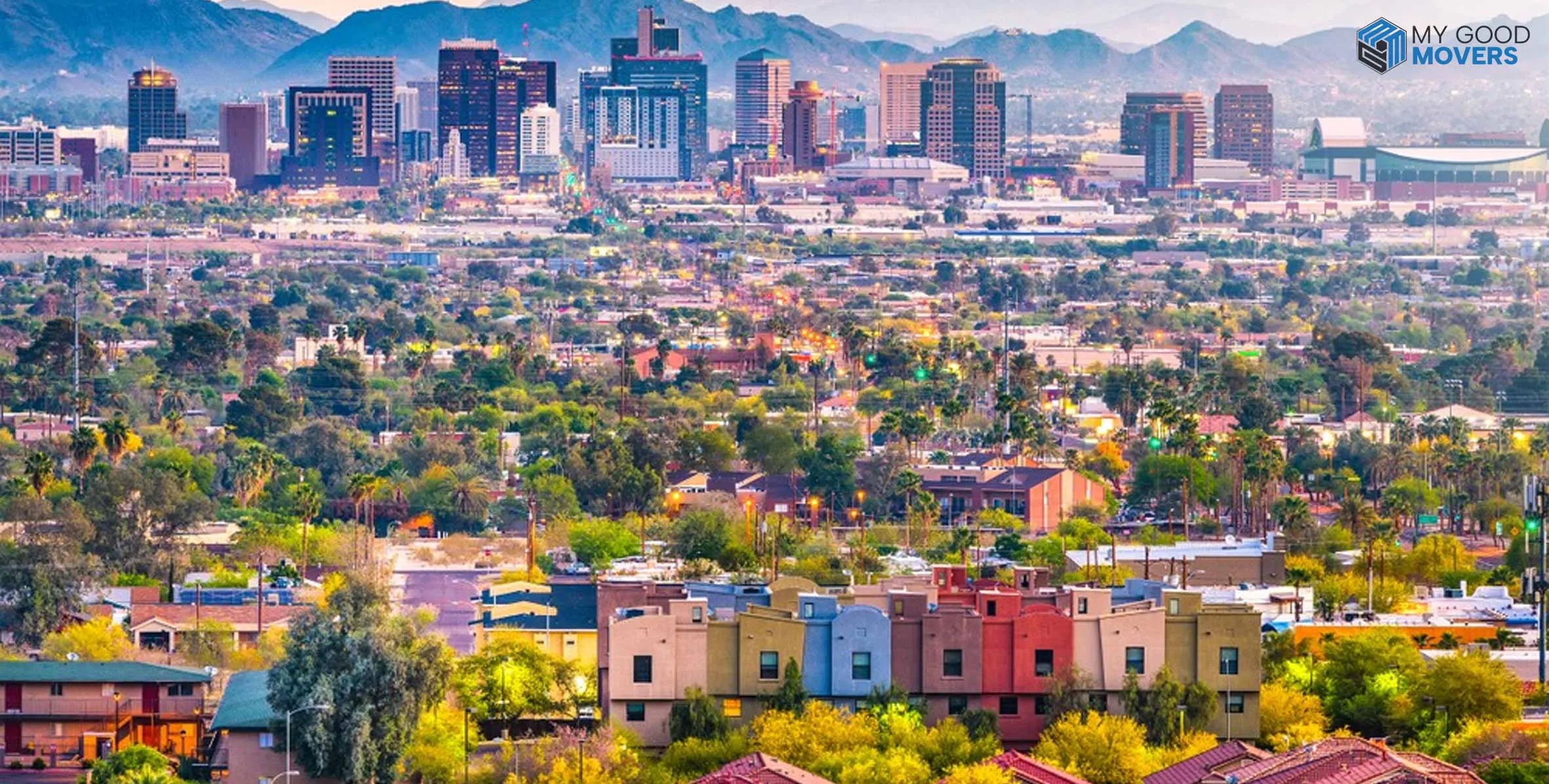

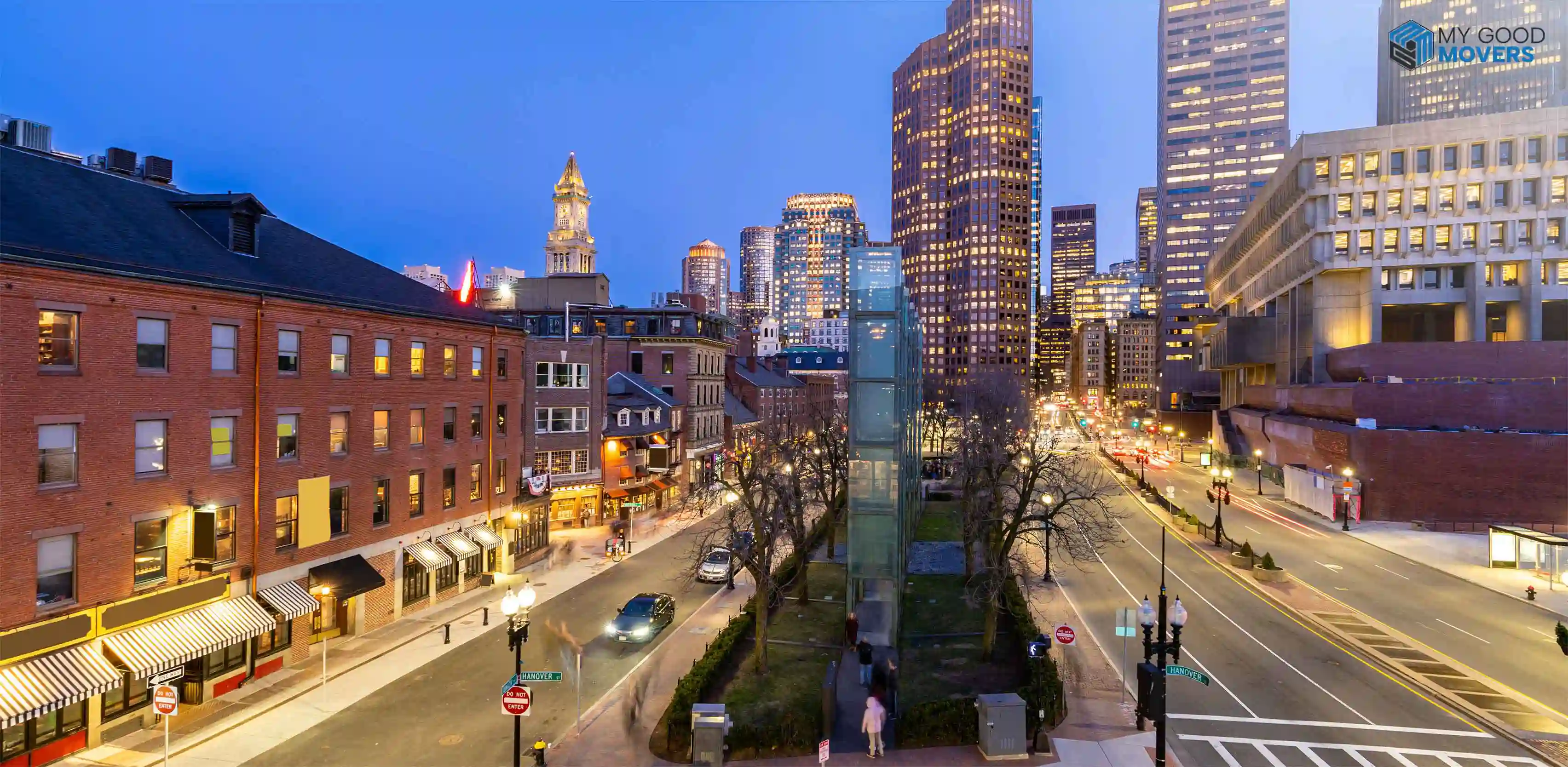

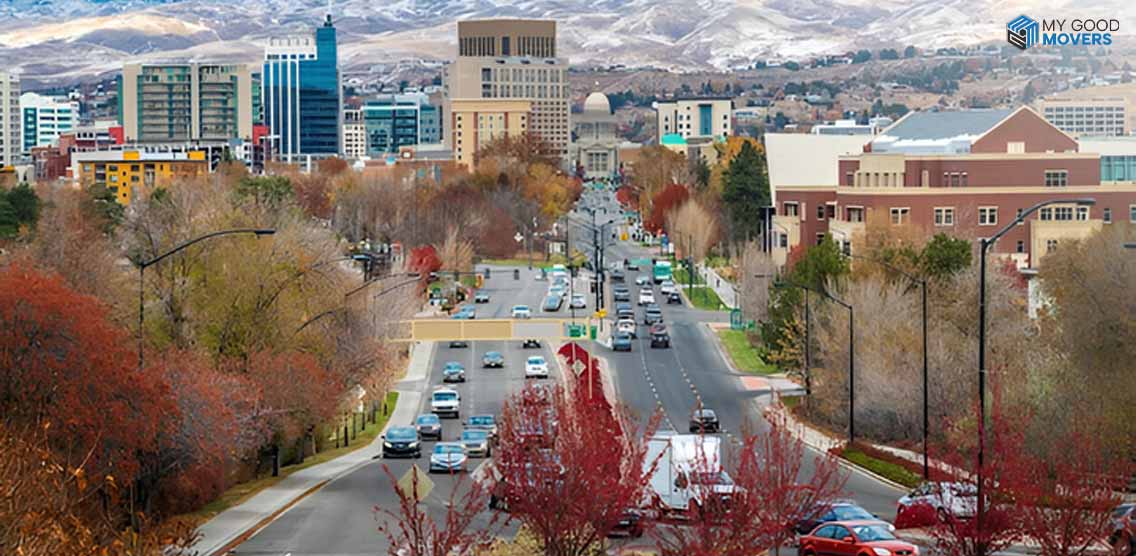

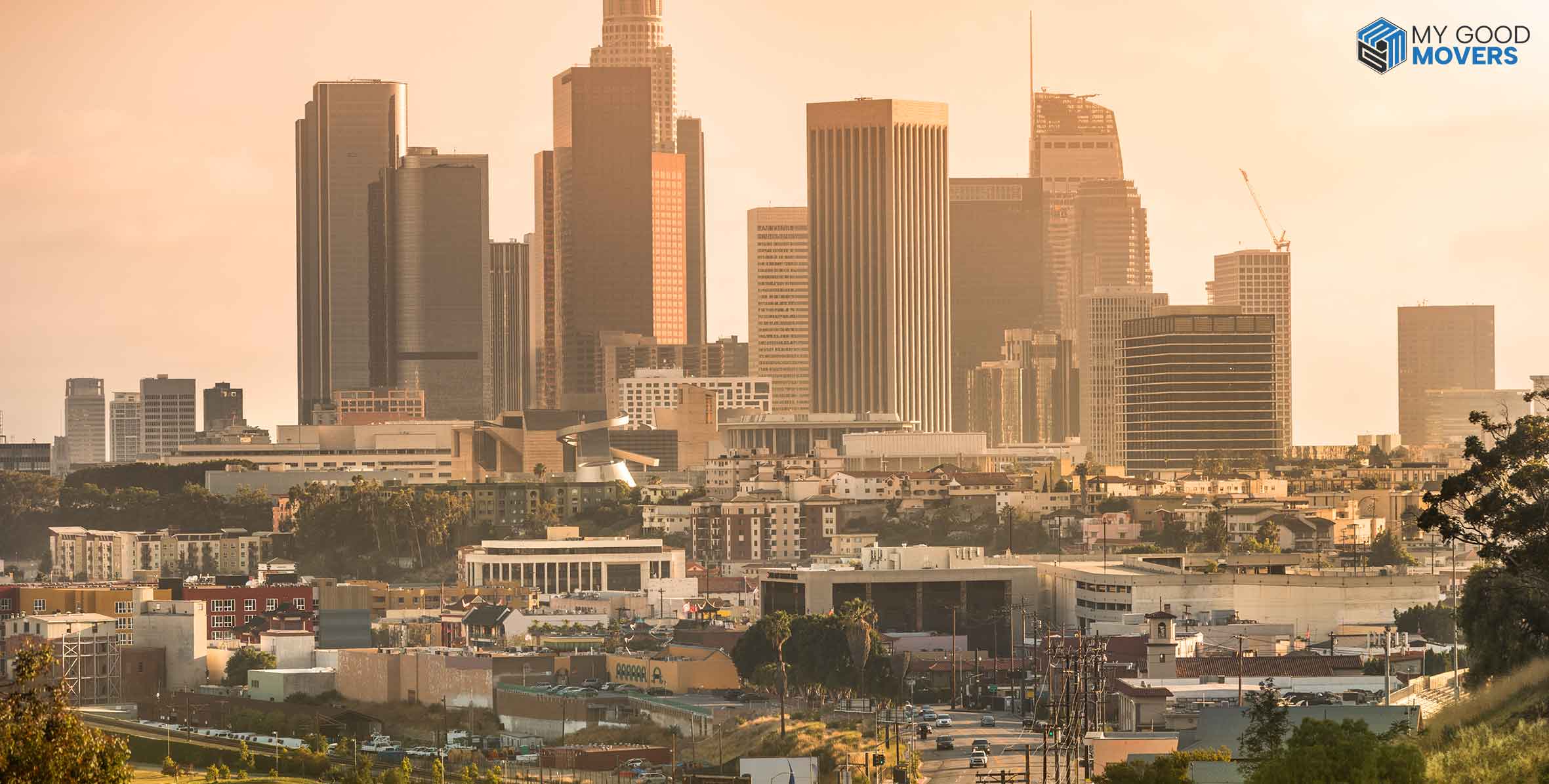
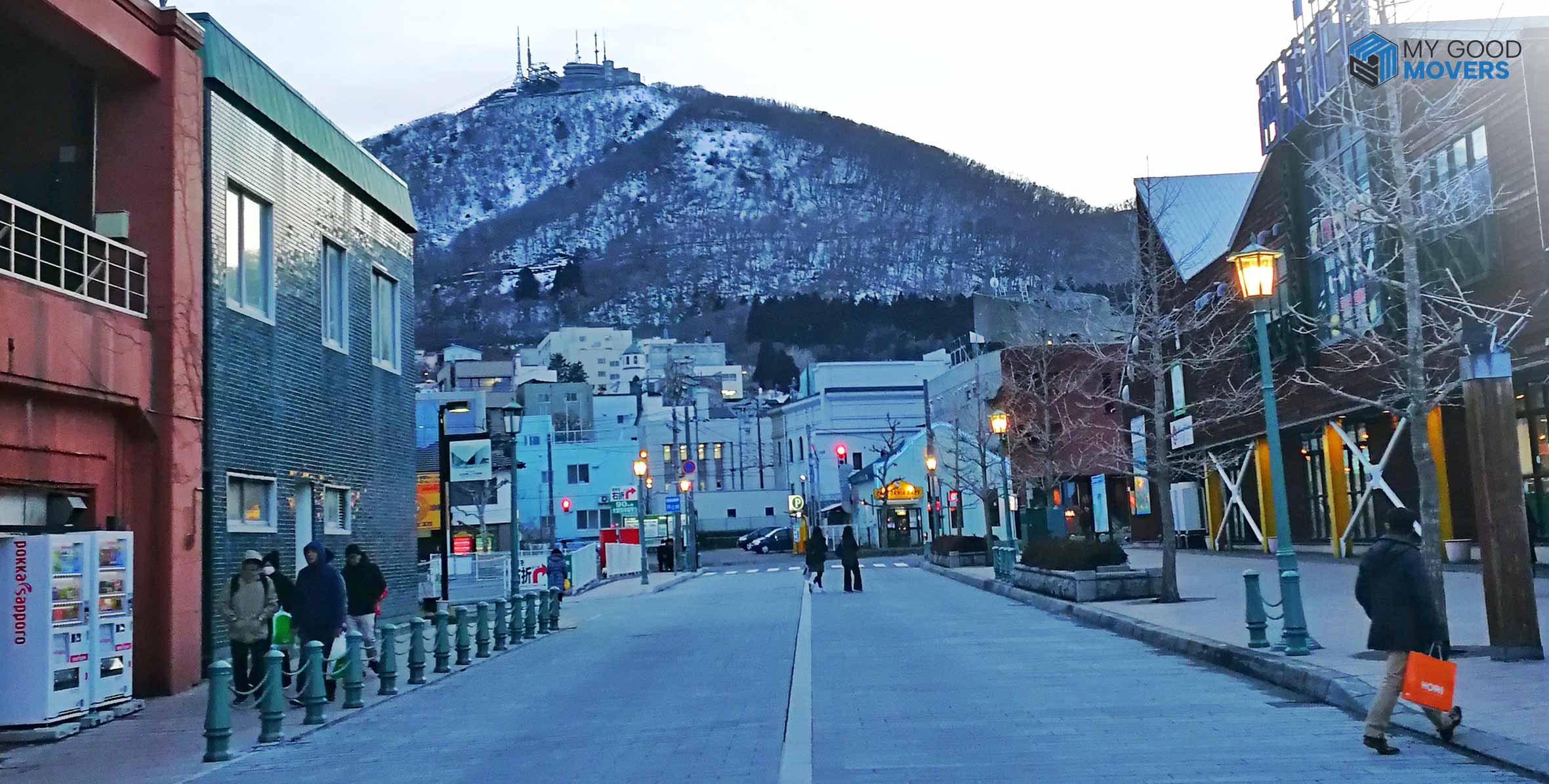
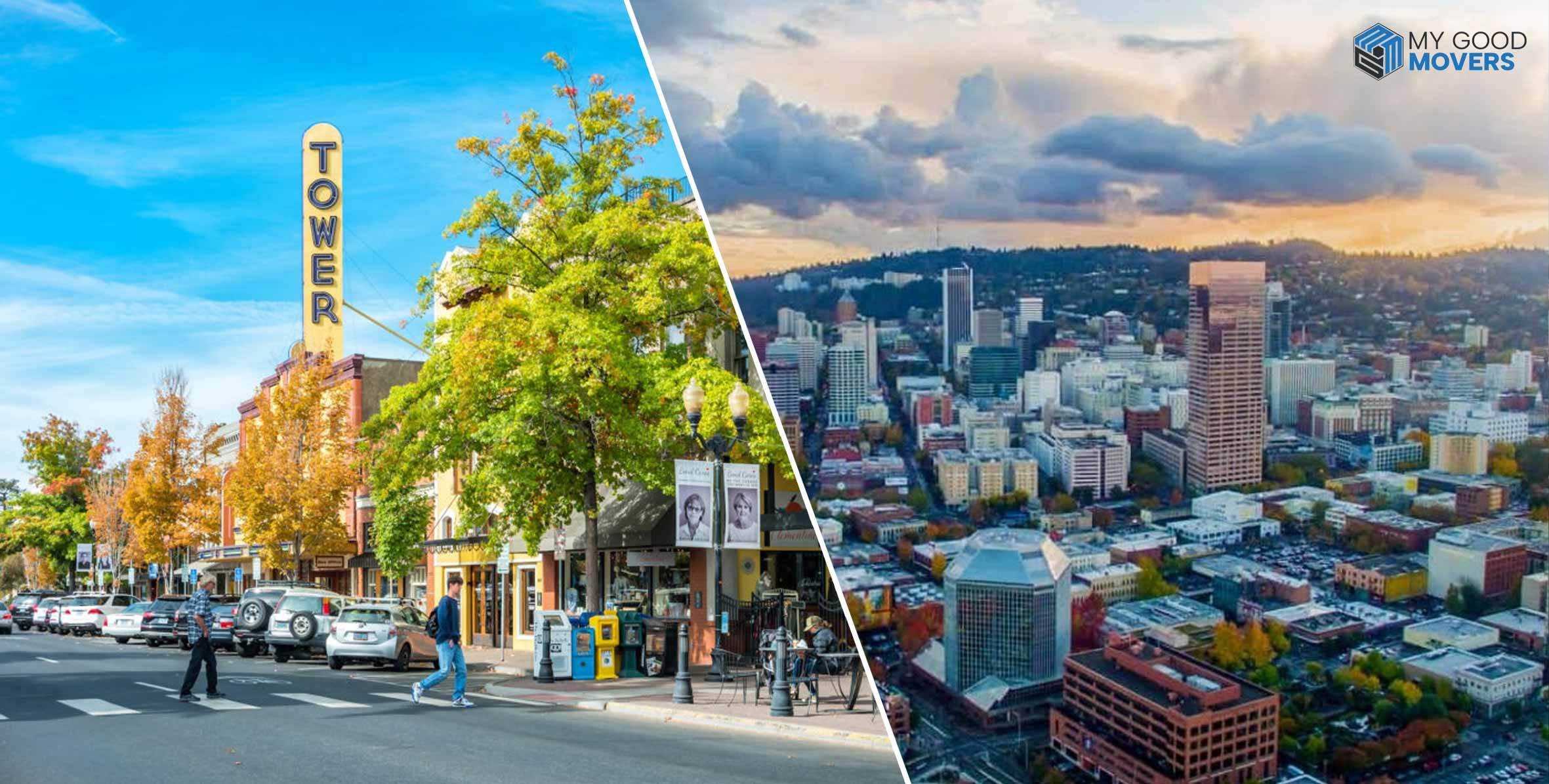
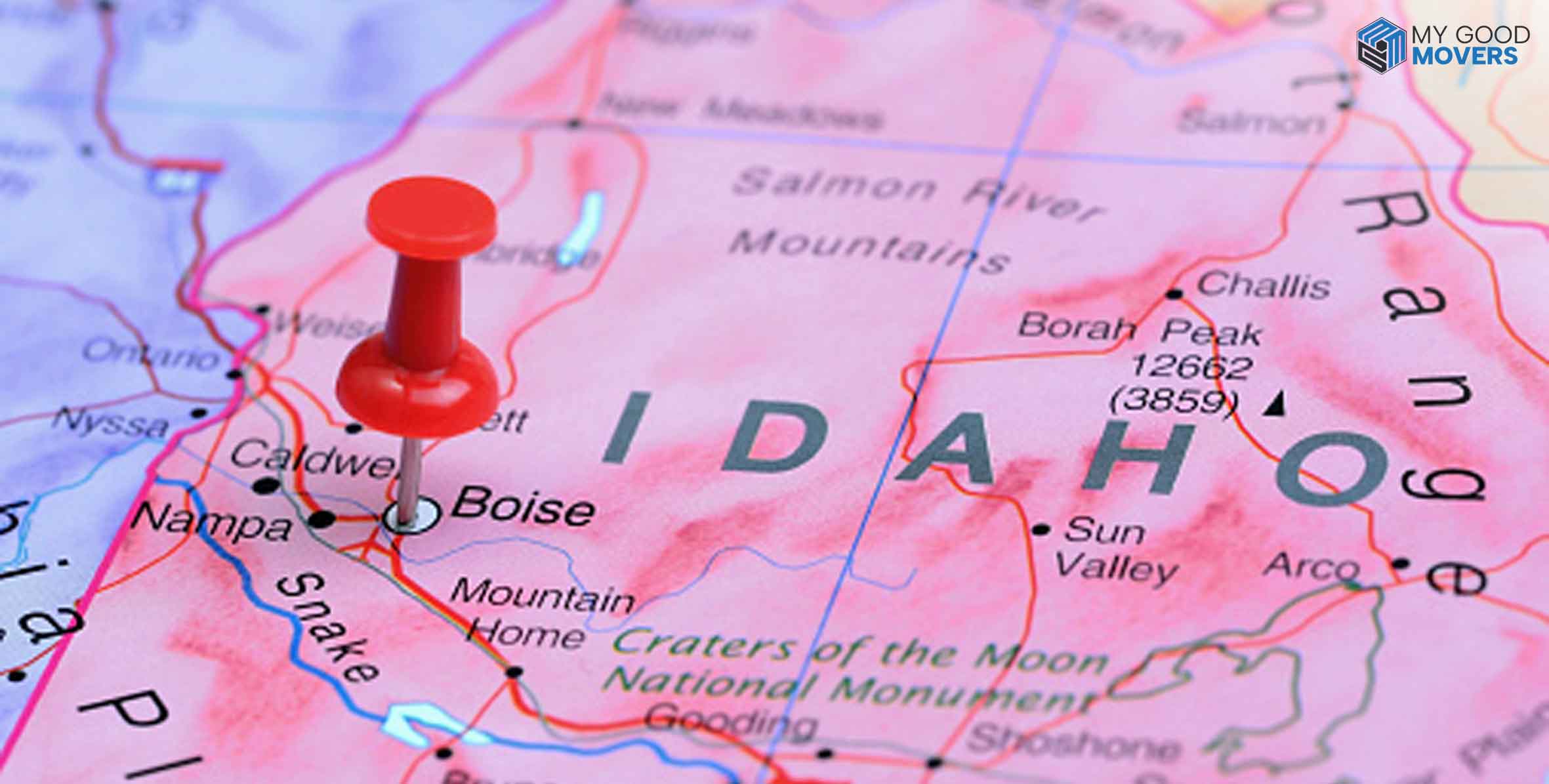


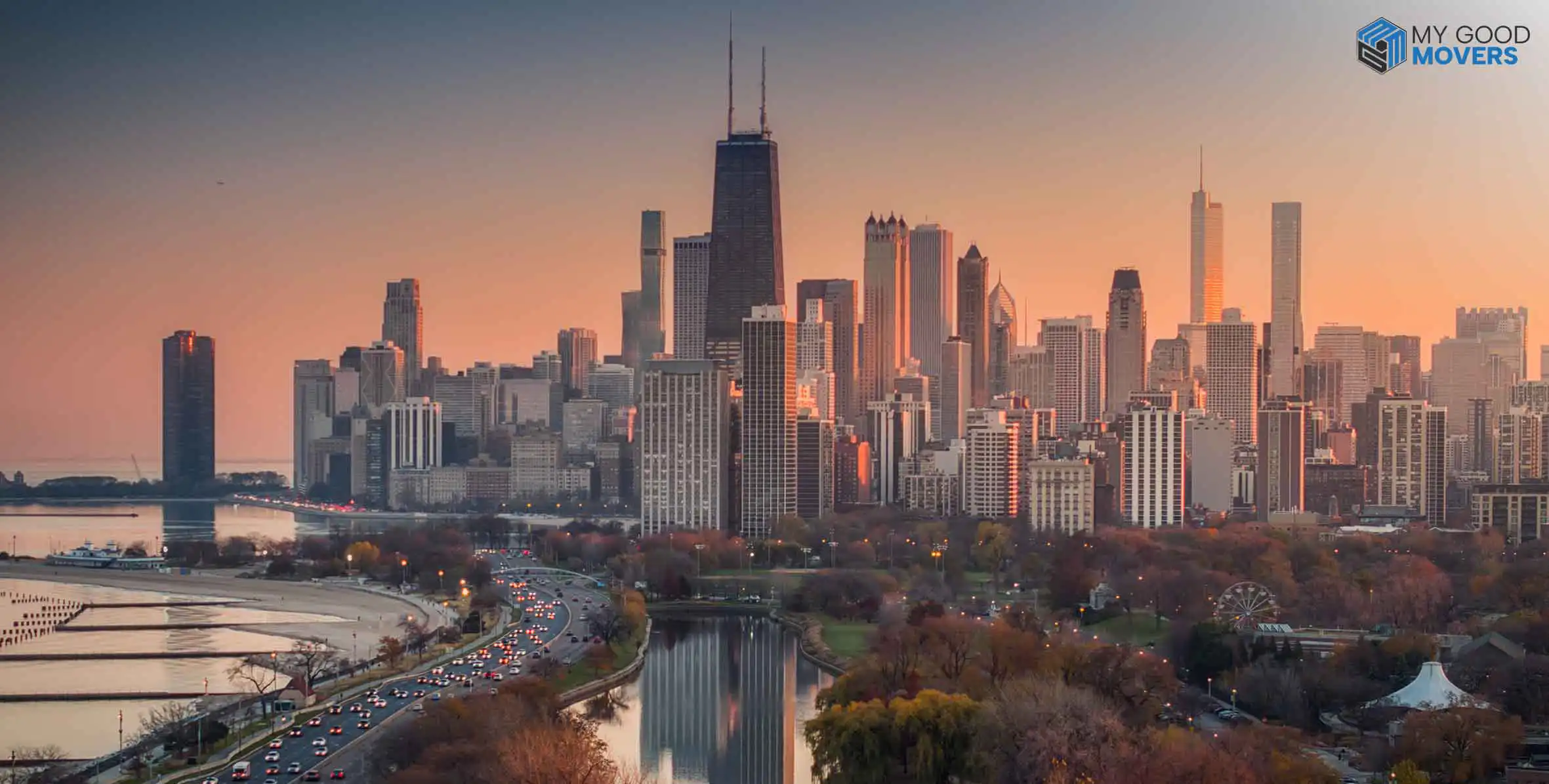




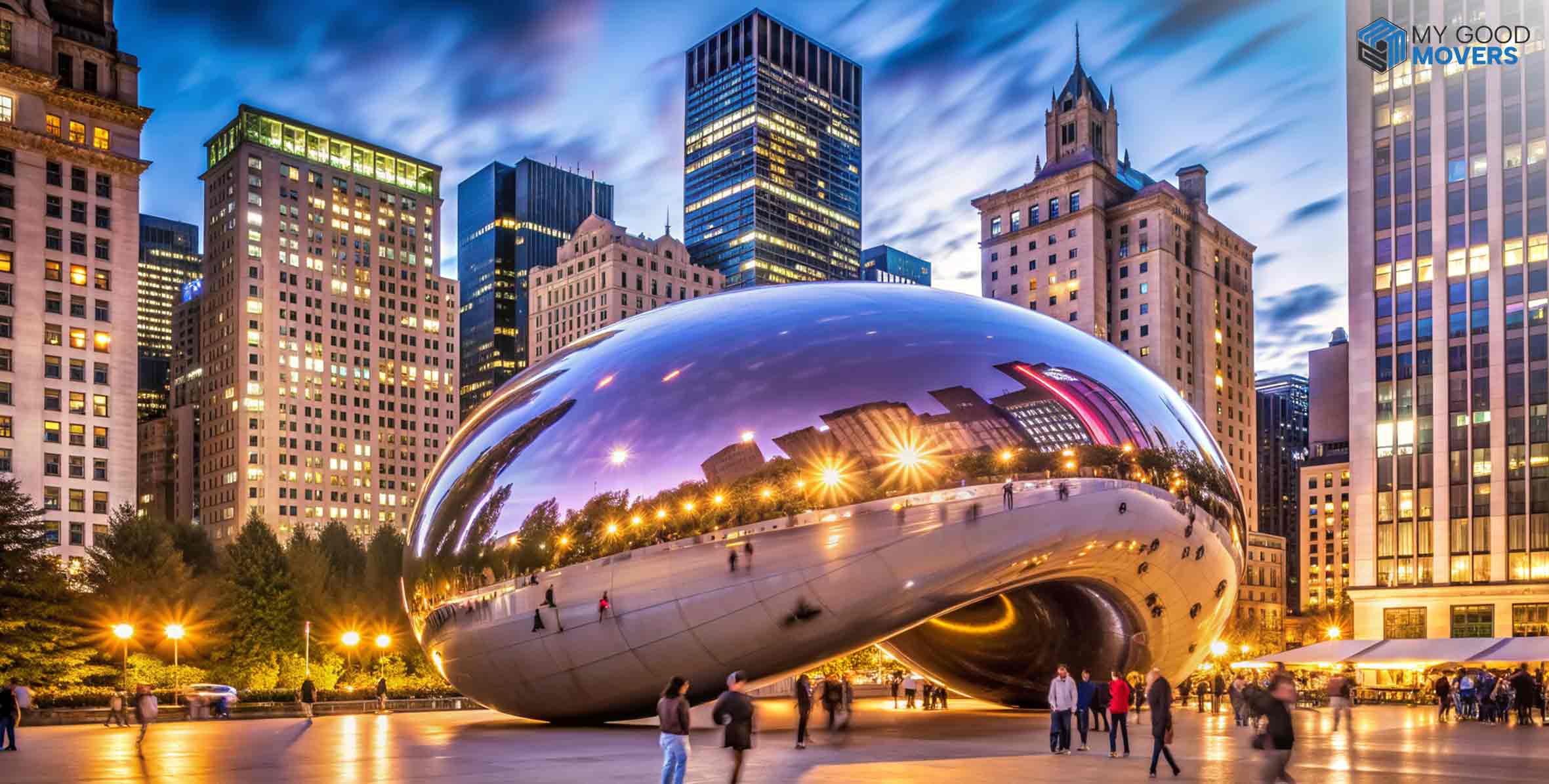
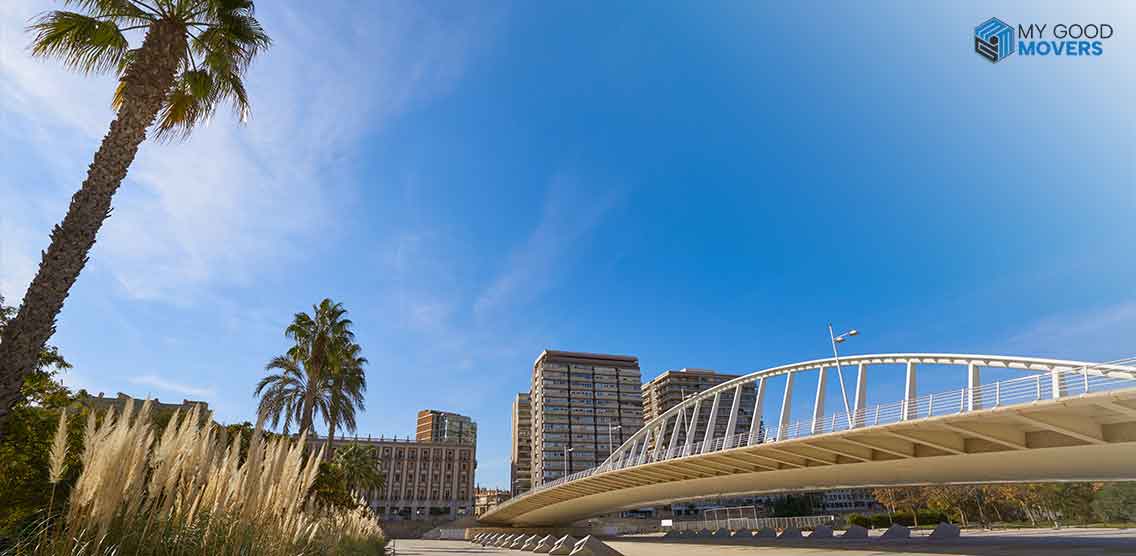
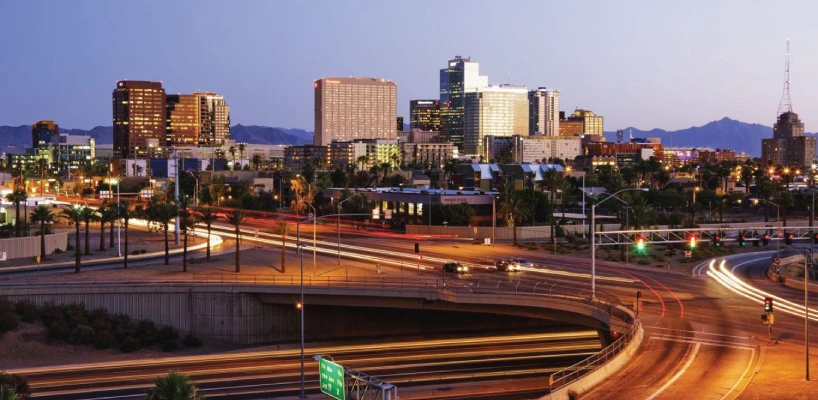


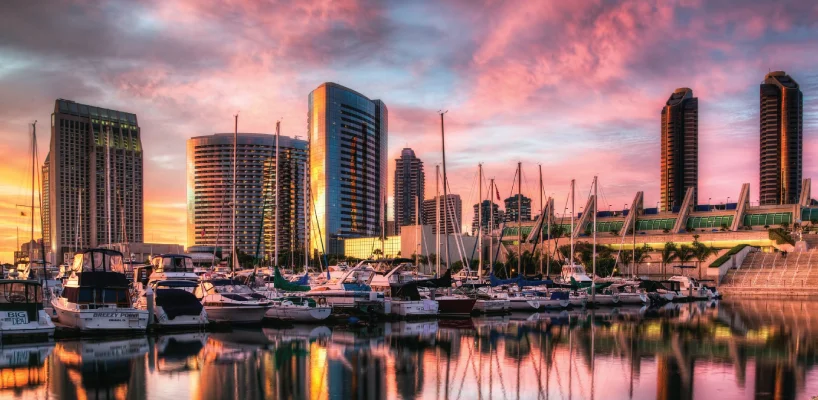

 (239) 799–6077
(239) 799–6077